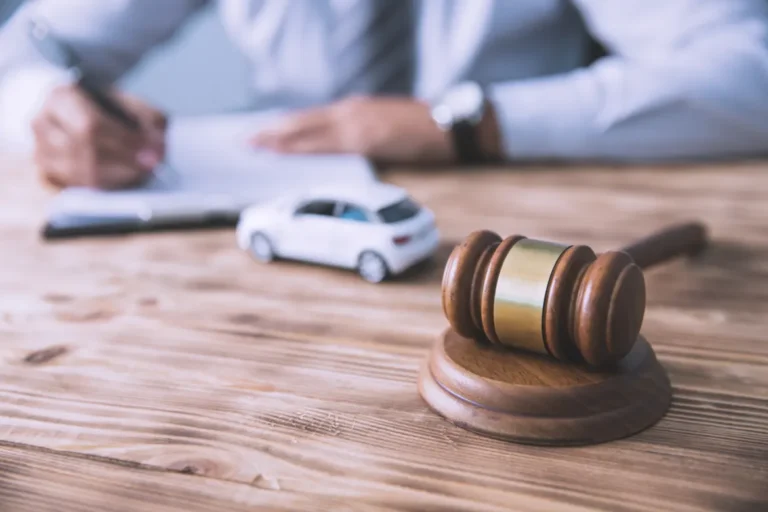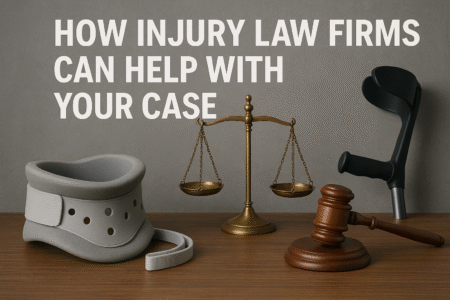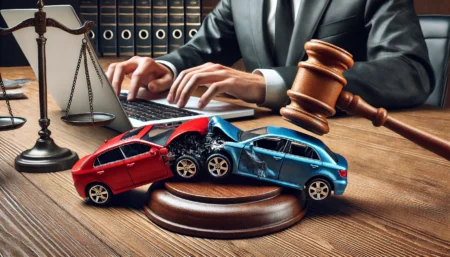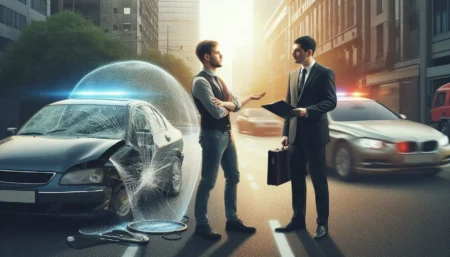Car accidents in Arlington, Virginia, occur with concerning frequency due to the area’s dense traffic patterns and complex roadway network. According to the Virginia Department of Motor Vehicles, Arlington County reports over 127,000 traffic crashes annually, with hundreds resulting in injuries. The county’s mix of interstate highways like I-66 and Route 50, combined with congested local roads serving both residential and commercial areas, creates challenging driving conditions. Studies show that cases with comprehensive documentation and evidence are significantly more likely to result in favorable settlements, with properly documented claims receiving settlements up to 40% higher than those with limited evidence.
A car wreck is undoubtedly a life-altering experience, and people find it difficult to decide what to do next. Evidence is key to building a case correctly. An Arlington car accident lawyer can help gather and preserve crucial evidence to strengthen your claim. In legal proceedings, documentation alone can help a lot. Here are the eight most effective types of evidence to win your car accident case.
1. Photographs and Videos
Visual proof plays a crucial role in ensuring justice in legal cases. Pictures and videos taken on-site paint details that words do not explain, like establishing the conditions of an accident, including the road, locations of cars, and any visible damage done to the vehicles involved. Top-notch visuals can be effective evidence; they illustrate what happened.
2. Police Reports
In most cases, when an accident happens, authorities show up to investigate. An arrest report is a detailed account written by the officer of what he/she observed and can be an important piece of evidence. Typically, the narrative includes details like witness testimony, weather patterns, and any noted infractions. Arrest reports offer an unbiased telling that aids the case.
3. Witness Testimonies
Witnesses provide an outside view of the crash. They provide statements that may confirm the events as told by those involved. Be sure to collect contact details from witnesses at the scene. Their testimonies can be brought in later on during a court case to be used to advocate for claims, denying the outlook of the case against them.
4. Medical Records
It is also important to document the injuries you have suffered, as they will be useful in cases of an automobile accident. Medical records document the details and extent of injuries, which can be tied directly to the accident. The records can demonstrate the impact on an individual and support any claims for damages. These elements lay the groundwork for a case, and documentation of medical visits and treatments over time can provide a persuasive basis.
5. Vehicle Damage Reports
One further essential factor is evaluating the destruction of the automobiles involved. According to the National Highway Traffic Safety Administration, understanding the extent of vehicle damage helps establish the severity of crashes. Thorough records from mechanics or insurance adjusters indicate the violence of the crash. These documents show how hard the impact was and where the most damage was done. This type of information helps determine responsibility and can affect the case’s outcome.
6. Expert Testimonies
Experts in their respective fields or those with real-life experience can provide insights that the layman may miss. For example, accident reconstruction experts might examine evidence to reconstruct how the accident happened. Their insights can help explain the more technical parts of the case, also providing expert testimony that supports the case. Experts testify in court on the technicalities of a case.
7. Surveillance Footage
Other cameras, either from local businesses, signage, or signals nearby, may also have caught the incident. In contrast, surveillance footage can provide an impartial narration of the event, documenting the series of actions that preceded the crash. Action should be taken quickly to obtain this footage before it is taped over. Such evidence can assist in confirming different testimonies:
8. Communication Records
It can also be important to have documentation of communication between involved parties. Written communications such as emails and text messages can show evidence of an admission of liability or other relevant facts. The documentation gives you a chronology of events and interactions, which can be useful when going to court.
Conclusion
Compelling evidence is the starting point of a strong car accident case. A good case is built upon photographs, police reports, witness statements, and medical records. Indeed, vehicle damage assessments, crash-testifying experts, surveillance footage, and telephone records all enrich a case. When people hone in on these types of evidence, they will bolster their claim and increase their likelihood of success. Knowing how these elements work may bring justice and just compensation.




